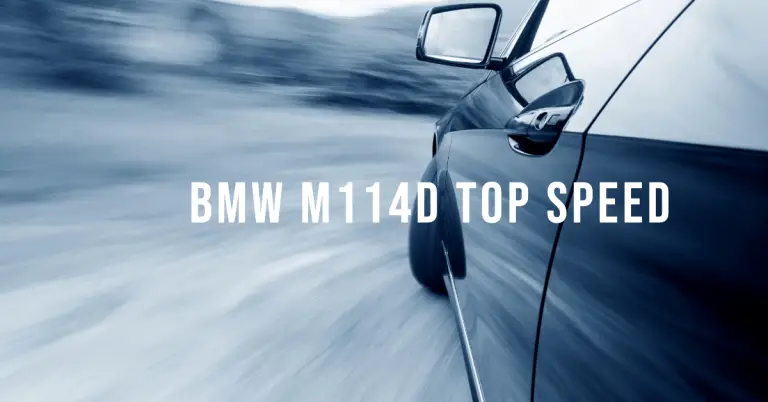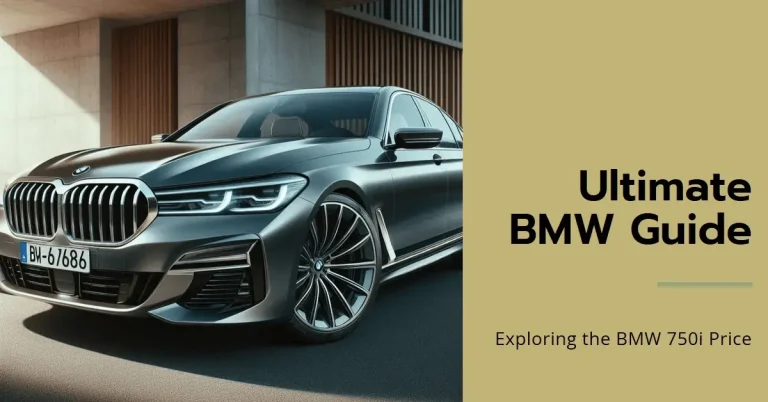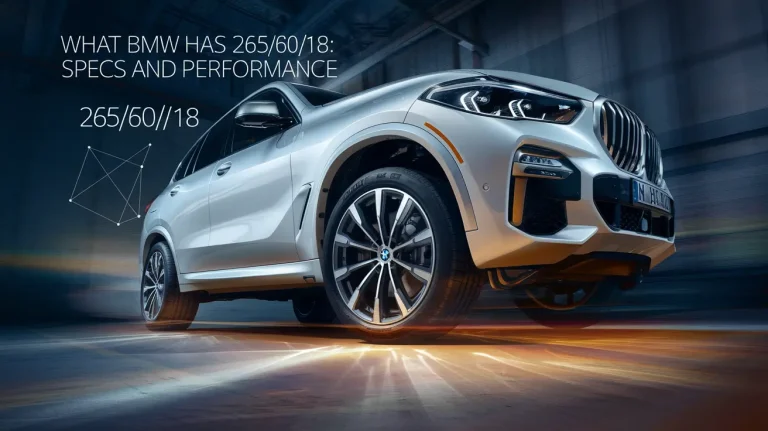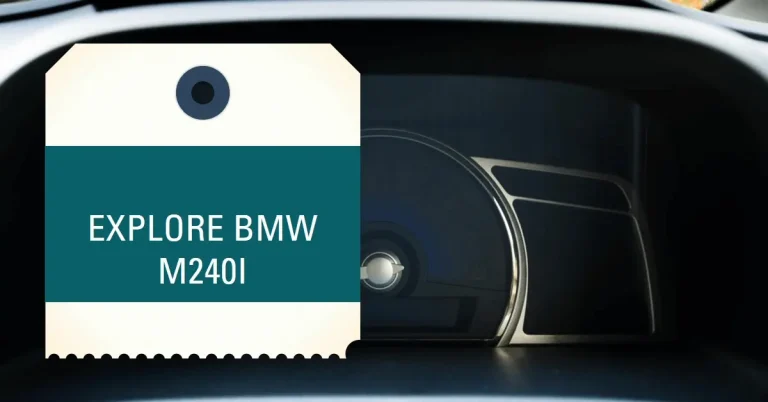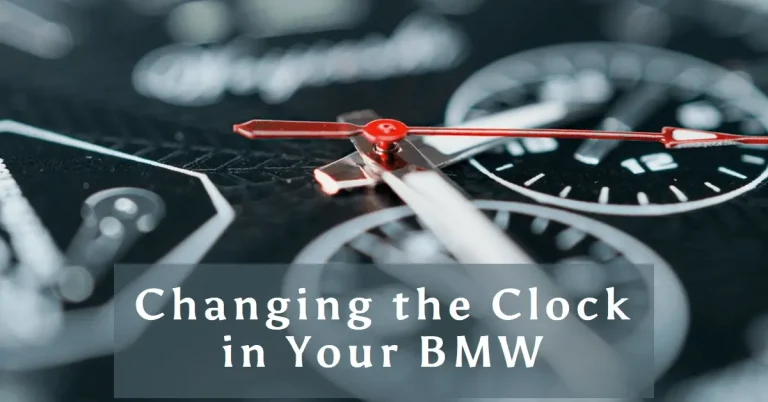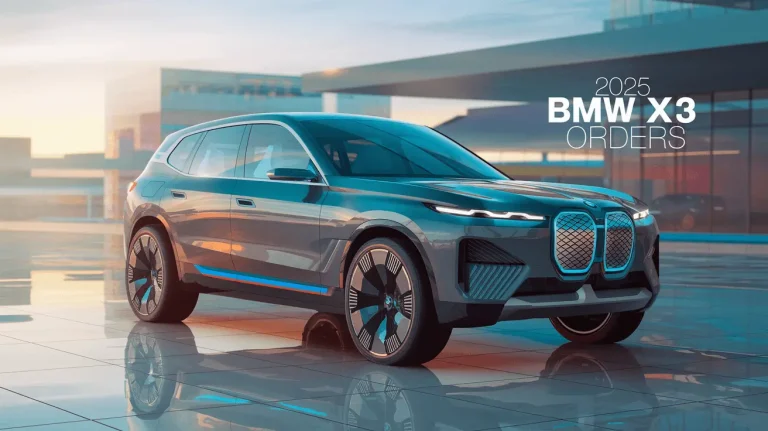Does My BMW Have HUD? Answered
Wondering if your BMW comes equipped with a heads up display (HUD)? This comprehensive guide covers every BMW model and which years have HUD directly from the factory.
BMW’s futuristic heads up display (HUD) projects key driving information like speed and navigation directions right onto the windshield. This allows drivers to keep their eyes on the road instead of looking down at the instrument cluster. But does your specific BMW model actually come with HUD?
The short answer is: it depends. HUD was first introduced in 2003 on certain 7 Series trims. Since then, it has slowly made its way to other luxury BMW models over the years, but is still not a standard feature across all vehicles even today.
In this detailed guide, we’ll go through every BMW model and outline exactly which years and trims have HUD capability straight from the factory. We’ll also cover some key facts about how BMW’s HUD system works and discuss aftermarket HUD display options for models that didn’t come equipped with it. Let’s dive in!
BMW Models With Factory HUD Availability
BMW has selectively offered a heads up display system on certain luxury models and trims since 2003. While it has become more common over the years, HUD is still generally only available on high-end vehicles.
Here’s a deep dive into which BMW models have factory HUD by year and trim level:
3 Series HUD Availability
As BMW’s popular compact luxury car, most 3 Series models unfortunately do not come with HUD. It wasn’t until the recent 2019 and 2020 model years that HUD became an option on certain trims:
- 2019: HUD was first introduced as an option on the 330i and 330i xDrive. It came standard on the M340i.
- 2020: Continued availability on the 330i, 330i xDrive and standard on M340i. The plug-in hybrid 330e also offered HUD as an option.
- 2021: Same as 2020 models.
- 2022: Same as 2021. HUD only available as an option on 330i, 330i xDrive and 330e plug-in hybrid. Standard on M3.
- 2023: No changes. Still only available on select trims.
So in summary, HUD is only available on recent 2019+ 3 Series models. If you’re driving an older 3 Series, it unfortunately does not have factory HUD.
5 Series HUD Availability
BMW’s mid-size 5 Series sedan has had HUD as an option across more trims and model years compared to the 3 Series:
- 2003: HUD debuted on the E65/E66 5 Series as an option on the 525i, 530i, 545i, 645Ci and 650i.
- 2004 – 2010: Continued as an option on V8 550i and 550i Gran Turismo trims.
- 2011 – 2017: Available on most model year 5 Series trims including 528i, 535i, 550i, etc. Ordered as a standalone option.
- 2018 – 2020: HUD expanded to the 530e plug-in hybrid. Also available on 540i, M550i, etc.
- 2021 – 2023: Available on current G30 generation 5 Series models. Now standard on M5.
So if you’re driving a 5 Series sedan from 2003 and up, there’s a good chance factory HUD was available when it was new, with the exception of lower trim basic models. Verify options for your specific year and trim.
7 Series HUD Availability
As BMW’s luxury flagship sedan, the 7 Series has offered a heads up display the longest of any model, beginning in 2003:
- 2003 – 2008 E65/E66 Generation: HUD was first introduced as an option. Available on 745i, 745Li, 760i, 760Li.
- 2008 – 2015 F01/F02/F03/F04 Generation: HUD continued as an option across all model years and trims.
- 2016 – 2022 G11/G12 Generation: HUD expanded to become standard on the 750i, M760i, Alpina B7, and 8 Series. Still optional on 740i.
- 2023 G70/G71 Generation: HUD now standard across all model trims, including 740i, 750i, 760i, i7 electric, Alpina B7 and X7 LCI.
So if you’re driving any model year of the 7 Series from 2003 to today, HUD came as either standard or an available option from the factory.
X5 HUD Availability
BMW’s popular X5 luxury SUV has also offered HUD since 2005:
- 2005 – 2013 E53/E70 Generation: HUD was an optional extra across all model years and trims like the 3.0i, 4.8i.
- 2014 – 2018 F15 Generation: Continued as an option on 35i, 50i
- 2019 – 2022 G05 Generation: HUD now standard on M50i, optional on 40i.
- 2023 G05 LCI: HUD standard on M60i, optional on 40i.
The X5 is another model line where factory HUD has been consistently available for nearly 20 years now if ordered as an option.
Z4 HUD Availability
The BMW Z4 luxury roadster has had sporadic HUD availability:
- 2009-2012 E89 Generation: HUD was not available.
- 2017-2020 G29 Generation: HUD was standard on the M40i and an option on the 30i from 2019 onward.
So if you’re driving a newer 2019+ Z4, you may have HUD. But earlier models did not offer it.
Other BMW Models With HUD
A few other BMW niche models have also offered HUD over the years including:
- X6 M50i: Standard HUD since 2018 model year
- 8 Series: Standard on M850i, optional on 840i for 2020-2022
- i4: Available in 2022 on the M50 trim
So in summary across BMW’s model line:
- 7 Series has had HUD the longest starting in 2003. Now standard across all trims.
- 5 Series has offered HUD since 2003 if ordered as an option on higher trims.
- X5 has had availability since 2005 when optioned. Now standard on some models.
- Z4, X6 M50i, i4 and 8 Series have had limited availability on certain trims.
- 3 Series just started offering HUD in 2019 model year on select versions.
Now that we’ve covered model availability, let’s look at how BMW’s HUD system actually works and the key information it projects.
How BMW’s HUD System Works
BMW’s heads up display system projects driving information and graphics onto the lower section of the windshield in the driver’s forward line of sight. Here are some key details on how it works:
HUD Projection Technology
There are a few core components that allow BMW’s HUD to work:
- Projector: Mounted behind the dashboard aims images up onto the windshield. Uses a microlens to refract and focus the image.
- Combiner glass: The windshield has an extremely thin transparent coating that acts as a reflector for the projected images.
- Processor: A computer processor generates the graphics sent to the projector.
This technology allows the combiner glass coating on the windshield to reflect the HUD’s images and data into the driver’s view without obstructing forward vision.
Information Displayed on BMW HUD
The BMW heads up display shows key driving information about speed, route guidance and vehicle alerts, including:
- Current vehicle speed
- Speed limit detection
- Navigation guidance and turn signals
- Cruise control setting
- Collision alerts
- Lane departure warnings
- Night vision data
- Active driving assistant alerts
By displaying this important data right on the windshield, drivers can keep their eyes on the road instead of glancing down and refocusing to check the instrument cluster.
Driver Customization Options
BMW allows drivers to customize some aspects of their HUD for the optimal experience:
- Height positioning to account for different seating positions and heights
- Brightness adjustment for day vs night driving
- Select what driving info and warnings you want displayed
- View 3D graphics of your BMW model
So in BMW vehicles equipped with heads up display, drivers get a futuristic driving experience with data intelligently projected based on driving scenarios and customizable options.
Aftermarket BMW HUD Display Options
If your specific BMW model and year did not come equipped with HUD from the factory, there are some aftermarket retrofit options available:
OEM BMW Windshield HUD Retrofits
Some BMW owners choose to install an OEM BMW HUD system after purchase through their dealership. This involves:
- Purchasing the HUD projector, processor control unit and installer kit.
- Replacing your existing windshield with an OEM HUD-compatible windshield.
- Professional installation to mount the HUD components and integrate with your vehicle’s infotainment system.
Going the OEM route provides a seamless factory integrate experience. However, it is an expensive upgrade that can cost $2,000 – $3,000+ for parts and labor.
Universal HUD Projectors
A more budget aftermarket option is to purchase a universal HUD projector system from companies like Navdy, Garmin and Exploride. These display driving info on a small clear heads up projector that sits on top of your dashboard.
Benefits of these universal HUDs are lower cost of $400 – $700 and easier self-installation. Drawbacks are bulkier unit size, generic graphics, and questionable legality for windshield placement in some states.
HUD Software Apps
Many newer BMW models have software apps that can replicate a basic HUD experience by displaying key driving data on the upper screen area. Examples include Garmin’s BMW HUD app and BMW’s AR HUD app on 2020+ vehicles.
These apps use your vehicle’s built-in cameras and sensors to detect speed, traffic signs, navigation directions etc, then overlay alerts digitally right over the real-time video feed on the center display. Provides a basic HUD-style view without costly hardware upgrades.
Conclusion
Based on the BMW model and year, only certain trims came equipped with a factory HUD option. It has mainly been limited to luxury models and packages.
For BMW owners without HUD, aftermarket options are available, ranging from full OEM BMW HUD retrofits to lower cost universal displays.
This guide covers every scenario – so now you can definitively answer the question “Does my BMW have HUD?” for your specific vehicle. With this knowledge, you can choose to enjoy your BMW’s high-tech heads up display if equipped or explore suitable aftermarket options to upgrade.


